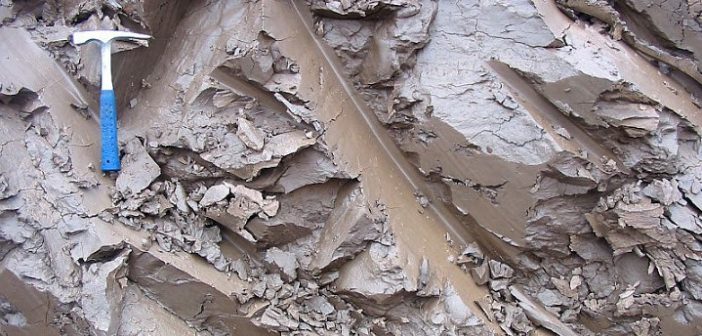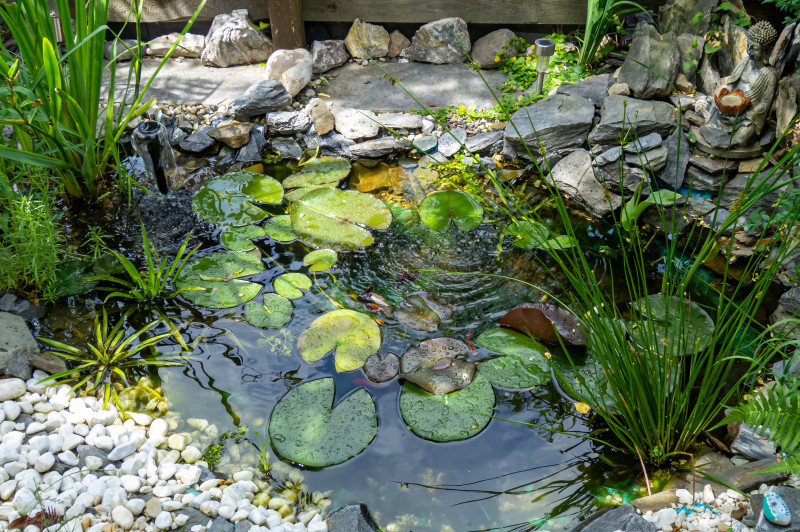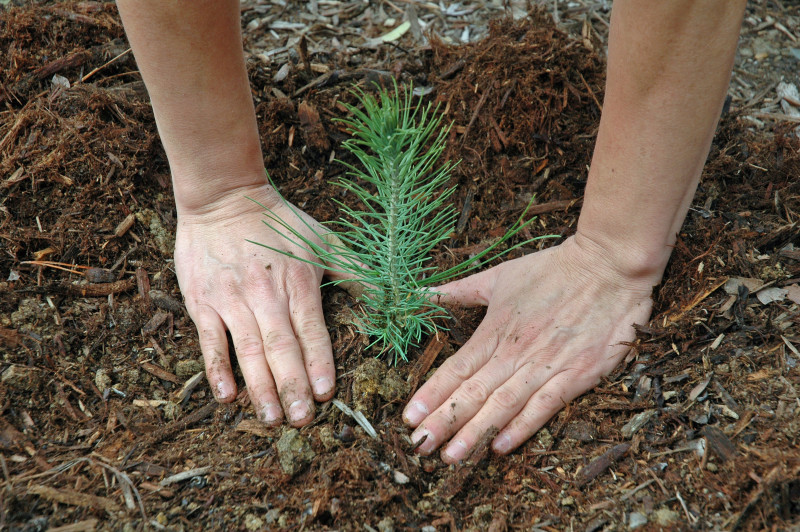Soil is made up of sand, silt, and clay. Its texture depends on the size of the particles from which it’s made. Most plants can’t survive the challenges of clay soil, but you can turn it into something your plants will like. So, here’s how to improve clay soil.
Sandy soil
Sandy soil is coarse, with lots of space between particles. Plant roots can’t hold onto the sand, and water runs right through it. Nutrients do, too. Those relatively few plants that survive in sandy soil do so by sending their roots down below the sand into more hospitable subsoil.
Silt
Silt is smaller and finer than sand, consists of tiny rock particles, and feels a little gritty. It easily blows away or washes away into rivers. Most plants will grow in it because it retains moisture and nutrients.
Clay
Clay is the smallest soil particle of all. It’s so tiny that one particle of clay, compared to a 1/16-inch (1.6 mm) piece of gravel, would be invisible to us. They pack so tightly together that air and water can barely penetrate. When clay does get wet, it’s a sticky muck; when it’s dry, it can be nearly as hard as concrete. Plant roots can’t worm through it, and they can’t breathe in it—they struggle to survive. Most don’t.
Loam
The perfect soil, the kind all gardeners yearn for, is loam. Loam contains about equal parts sand and silt, along with a bit of clay to hold it together. Loam allows air, water, and plant roots to move through it easily. The challenge is to convert clay into something loamier, something your plants will settle into and thrive. Sand and silt can also be made loamy by applying variations of the following.
Turning clay into something better
Ideally, you should mix clay with equal parts of coarse sand and coarse organic matter. The easiest way to do this is to spread 3–4 inches (8–10 cm) of organic matter and the same amount of sand on top of the area to be amended. Next, dig down about 8 inches (20 cm)—about the length of a shovel blade—and turn the clay. Then chop it as finely as possible, and mix in the amendments. Clay is easiest to work when it’s slightly moist. A tiller makes the job easier.
Organic matter can be any decayed material, such as molded leaves, ground bark, and compost. Shop for compost that has no weed seeds. If you’re using compost from your own bin, be sure it’s “mature,” meaning it has a dark color and “earthy” smell. If you can tell what it used to be, it isn’t ready to use.
To make the soil richer, add composted manure. Bags of it can be purchased from garden centers, home improvement stores, and even some discount stores. Apply according to the directions on the bag. Composted manure provides such nutrients as nitrogen, phosphorous, potassium, and trace elements, such as iron.
When you’re struggling with clay, it’s tempting to improve the soil for only each little round spot where you intend to place a plant, but you can test for yourself why this isn’t a good idea: Dig a hole 2 feet (61 cm) deep and a foot (30 cm) wide. Fill it with water. Is water still standing in it the next day? And the next? Most plants can’t survive that. Furthermore, the roots of those that do will eventually bump into the border of the clay-walled “flowerpot” you planted them in. They’ll turn back and go where the soil is friendlier. They’ll wind and wind, become root-bound and stunted, just as if they were overgrowing in a real flowerpot.
Regarding trees, the general consensus among experts is to NOT amend the soil for trees.





